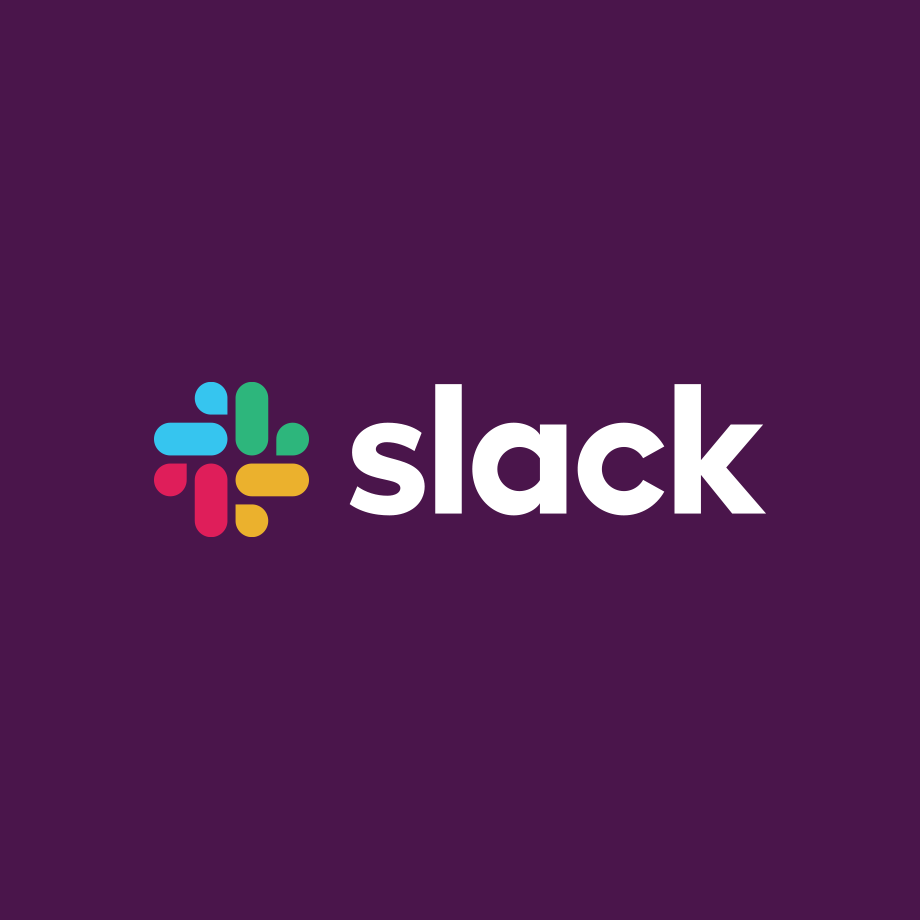Slack Connect & The Future Of Business Software
Slack recently announced Slack Connect, a product that allows disparate companies to collaborate inside of a Slack channel. They now have more than 40,000 customers using the product.
For those interested in business software, I think there's reason to believe that products like Slack Connect — software that allows users across different companies to collaborate inside the same instance of that software — will lead to a trend that's even more impactful than the shift to the cloud.
Slack Connect users can have a shared Slack channel with their customers, vendors, partners, and prospects. I haven't used the product yet, but I recently collaborated in real-time with a customer to build a presentation using the same instance of Google Slides. It was so much more efficient. Imagine finance teams collaborating on complex invoicing issues inside the same instance of Netsuite. Or project managers at separate companies collaborating inside of SmartSheet. Or a salesperson collaborating with on a customer's buying process inside the same instance of Salesforce.
Moving core, cross-company business activities into a shared workspace will be enormously valuable to the users inside of each company. And even more impactful is the impact on distribution and go-to-market. Suddenly, Netsuite, SmartSheet and Salesforce have native network effects (e.g. their software is more valuable to each user when more users use it). This is why Slack Connect is so interesting. Slack already had network effects inside of a company, but growth was limited to the size of each individual company. Slack Connect enables unlimited network effects.
Don't get me wrong, like the move to the cloud, there are enormous challenges for software vendors that pursue this strategy. There's a reason I don't collaborate on Google Slides with the majority of customers. Most large companies aren't using Google's applications, and thus users don't have a log-in and aren’t authorized to use their personal one for work purposes. There are significant privacy and adoption challenges that need to be overcome.
Slack has an advantage here in that their core customer base is still startups, small businesses, and tech companies (though they’re rapidly moving upmarket). This core allowed Slack to get Connect into market much more quickly than Microsoft could've with its Teams product.
The irony of Microsoft being behind on this is that they own the one asset that could've accelerated the growth and adoption of cross-company messaging — LinkedIn.
LinkedIn already knows most professionals’ "professional social graph." These social graphs are the underlying infrastructure that enable a network to grow. Consider Whatsapp, who built a nice messaging app and then tapped into your phone's address book (your social graph) to seamlessly build out its network. They went from 0 to a billion users in just a few years. They never could’ve done that if they didn’t have access to people’s personal address book. LinkedIn is the world’s professional address book.
LinkedIn messaging could've been a far better and faster-growing version of Slack Connect. But LinkedIn underinvested in its messaging feature to the point that it's almost unusable. The spam is overwhelming, and the poor user experience makes it impossible to use productively.
This miss isn't really a surprise, and I'm not playing Monday morning quarterback. Microsoft hadn't built its initial software around connecting disparate companies. In fact, it was quite the opposite. And turning the tide isn't easy. Also, LinkedIn's core customers are recruiters and marketers; use cases where the value of cross-company collaboration isn't obvious.
So, all of this is to say that there's an enormous opportunity for emerging SaaS companies to build native cross-company collaboration tools into their code, use cases, and culture from the outset. It's hard to predict that any trend is business software will be as impactful as the shift to the cloud, but if there's one out there, this might be it.
